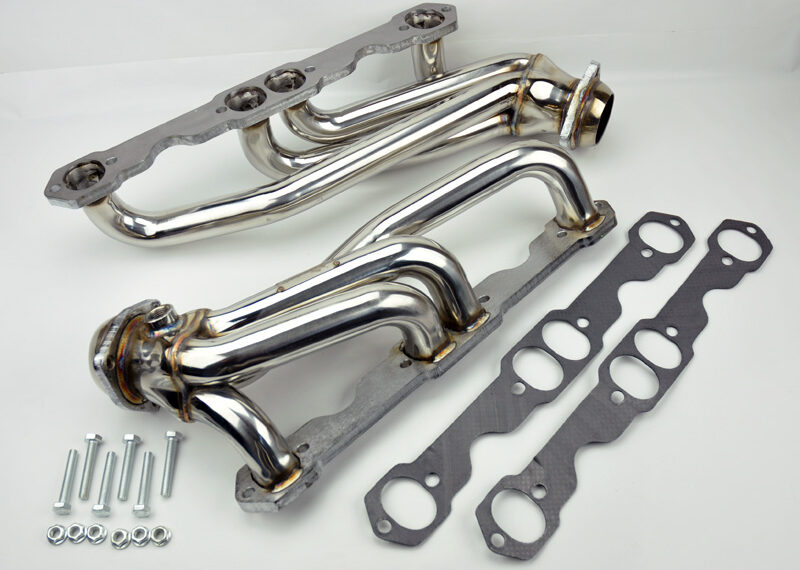A well-designed garden should look beautiful and function effectively throughout the year. One key aspect often overlooked is the careful management of water. By adopting thoughtful practices that work in harmony with each season, you can create an outdoor space that remains vibrant, reduces water bills, and minimises strain on local resources.
Using sustainable techniques can be as simple as monitoring natural rainfall, amending soils to improve water retention, or exploring different types of gardening watering systems that ensure moisture is delivered precisely where it’s needed. Choosing strategies that suit your local climate also helps reduce run-off and evaporation, preserving this vital resource for when plants need it most.
Understanding Seasonal Water Demands
Every season brings unique changes in temperature, rainfall, and sunlight duration. Spring might usher in plenty of moisture naturally, while a dry summer can put gardens under stress. A one-size-fits-all approach to watering often leads to overuse or underuse, so it’s wise to adapt your methods based on the time of year. Keep an eye on weather forecasts and adjust your watering frequency to match genuine plant needs.
During winter, many plants enter a period of dormancy, requiring less water. However, certain evergreens and winter-flowering shrubs still need consistent moisture when rainfall is insufficient. Monitoring soil conditions is essential. If the ground is frozen or waterlogged, resist the urge to add more water. Instead, let nature do its part until the soil is workable.
Choosing Plants and Hardscape Features Wisely
Selecting drought-tolerant species is a powerful way to make your garden more water-efficient. Many perennials, shrubs, and ornamental grasses thrive with minimal watering once they’re established. Take the time to research native or well-adapted plants for your region. These varieties typically require fewer interventions, stand up better to local weather patterns, and maintain healthy growth across multiple seasons.
In addition to the plants themselves, hardscape elements can help you use water more strategically. Gravel pathways, permeable paving, and raised beds with well-draining soils can direct water precisely where it’s needed. When you design hardscape features to channel rainfall towards plant roots, you give your garden an extra advantage during dry spells and reduce the likelihood of water pooling where it’s not beneficial.
Implementing Efficient Irrigation Strategies
Timing plays a significant role in getting the most out of every drop of water. Try watering in the early morning or late evening, when evaporation rates are at their lowest. This allows moisture to reach the soil and remain there long enough to hydrate plant roots. Overhead sprinklers can waste a surprising amount of water through evaporation and wind drift, so consider alternatives like soaker hoses or drip irrigation systems for more precise delivery.
Rainwater harvesting is another effective measure. Installing water butts to collect rain from roofs provides a reservoir of chlorine-free moisture, which many plants find more agreeable than treated tap water. Using collected rainwater also reduces the burden on mains supplies, meaning you can save money and protect local water resources at the same time.
Maintaining Moisture Through Mulching and Soil Care
Mulching is a gardener’s secret weapon when it comes to water conservation. A layer of organic material—such as wood chips, bark, straw, or compost—helps regulate soil temperature and slows evaporation from the surface. It also suppresses weeds that might otherwise compete with your plants for precious moisture. By refreshing mulch layers regularly, you support the soil’s structure and fertility, creating the ideal environment for healthy roots.
Soil quality is just as important as the choice of mulch. Well-aerated soils with added organic matter hold water effectively and allow roots to explore deeper layers. Over time, the gradual breakdown of compost or well-rotted manure enriches the earth, further enhancing water-holding capacity. Making small improvements each season can produce remarkable results for your overall water efficiency.
A focus on water conservation benefits every gardener, no matter the size or style of the outdoor space. Thoughtful plant choices, smart irrigation methods, and careful soil maintenance allow you to navigate seasonal changes while preserving this essential resource. By integrating these strategies into your garden design, you can create an environment that remains healthy, productive, and enjoyable all year round.















